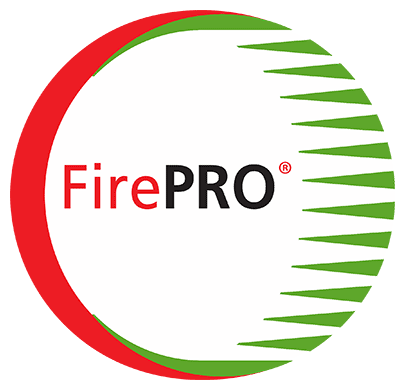Our Products


In what applications can FirePRO® fire retardant treated timber be used?
FirePRO® fire retardant treated timber is permitted for use in above ground interior applications where the adopted building regulations permit the use of timber products or fire retardant timber products such as: roof systems, cladding, sheathing, joists etc. It can also be used in other interior applications such as exhibition stands. The specifier and/or end user is responsible to review the test data on FirePRO® fire retardant treated timber products to determine if they are acceptable for the intended end use.
FirePRO® fire retardant treated timber products may be used in above ground external situations where it is effectively protected from direct rainfall and weathering. External grade timber coatings may give adequate long term protection, in combination with a programme of planned maintenance. Check with a coating manufacturer before use.
How do fire retardant treatments for timber work?
When subjected to a fire the protection technology in fire treated timber reacts with the combustible gases and tars normally generated by untreated wood converting them to carbon char, carbon dioxide and water vapour. The layer of char formed on the timber insulates and retards the process of combustion reducing ignition, the rate of surface spread of flame and the amount of heat released. This should provide increased time for escaping from a burning structure or building.
What standards do the FirePRO® fire retardant treatments meet?
The fire performance for all materials that are to be used in buildings, including wood and wood based panel products, are stated in Document B of the UK Building Regulations.
Classifications are:
What are Euroclasses and how do they relate to British Standards?
Under the Construction Products Directive, there is a desire for European harmonisation of standards for fire retardant treatment of timber, these are known as Euroclasses B & C. To meet Euroclass B or C Specifications, timber/plywood is tested to EN ISO 11925 (Ignitability Test) & BS EN 13823:2002 (SBI or Single Burning Item Test). The SBI test records parameters relating to the rate of fire growth, lateral flame spread and total heat release.
Euroclass Classifications are in accordance with BS EN 13501-1 (Fire classification of construction products and building elements). The thresholds for compliance in relation to the above SBI criteria are higher for Euroclass B than for Euroclass C. Therefore, by definition, if timber/plywood conforms to Euroclass B then it also conforms to Euroclass C.
In England and Wales, the fire requirements for buildings are dealt with by Approved Document Part B to the Building Regulations - Class 0 and Class 1.
Euroclass B transposes to Class 0 and Euroclass C transposes to Class 1.
NB: It is important to understand that you must carry out testing against European Standards to achieve a European Classification.
Can you fire treat OSB board or MDF?
OSB, MDF, or other panel products produced from wood fibres or flakes cannot be pressure treated with fire retardant chemistry.
Does fire retardant treatment alter the appearance of the timber?
FirePRO® fire retardant treatment does not alter the general appearance of the wood. However, some discoloration and/or surface deposits may occur during the treatment process. If the treated timber is going to be painted or stained, coating manufacturers recommend that the surface of any material should be clean and dry. Therefore, we recommend that the surface of the treated timber be either cleaned with a damp cloth or a fine grade sand paper. Follow the coating manufacturer’s directions for proper applications.